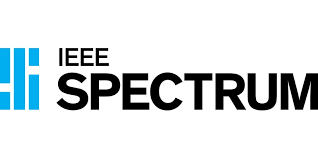 Many thanks to SWLing Post contributor, Marty, who shares this fascinating article from the IEEE Spectrum:
Many thanks to SWLing Post contributor, Marty, who shares this fascinating article from the IEEE Spectrum:
A new antenna that uses saltwater and plastic instead of metal to shape radio signals could make it easier to build networks that use VHF and UHF signals.
Being able to focus the energy of a radio signal towards a given receiver means you can increase the range and efficiency of transmissions. If you know the location of the receiver, and are sure that it’s going to stay put, you can simply use an antenna that is shaped to emit energy mostly in one direction and point it. But if the receiver’s location is uncertain, or if it’s moving, or if you’d like to switch to a different receiver, then things get tricky. In this case, engineers often fall back on a technique called beam-steering or beamforming, and doing it at at a large scale is one of the key underlying mechanisms behind the rollout of 5G networks.
Beam-steering lets you adjust the focus of antenna without having to move it around to point in different directions. It involves adjusting the relative phases of a set of radio waves at the antenna: these waves interfere constructively and destructively, cancelling out in unwanted directions and reinforcing the signal in the direction you want to send it. Different beam patterns, or states, are also possible—for example, you might want a broader beam if you are sending the same signal to multiple receivers in a given direction, or a tighter beam if you are talking to just one.[…]
Click here to read the full article.
